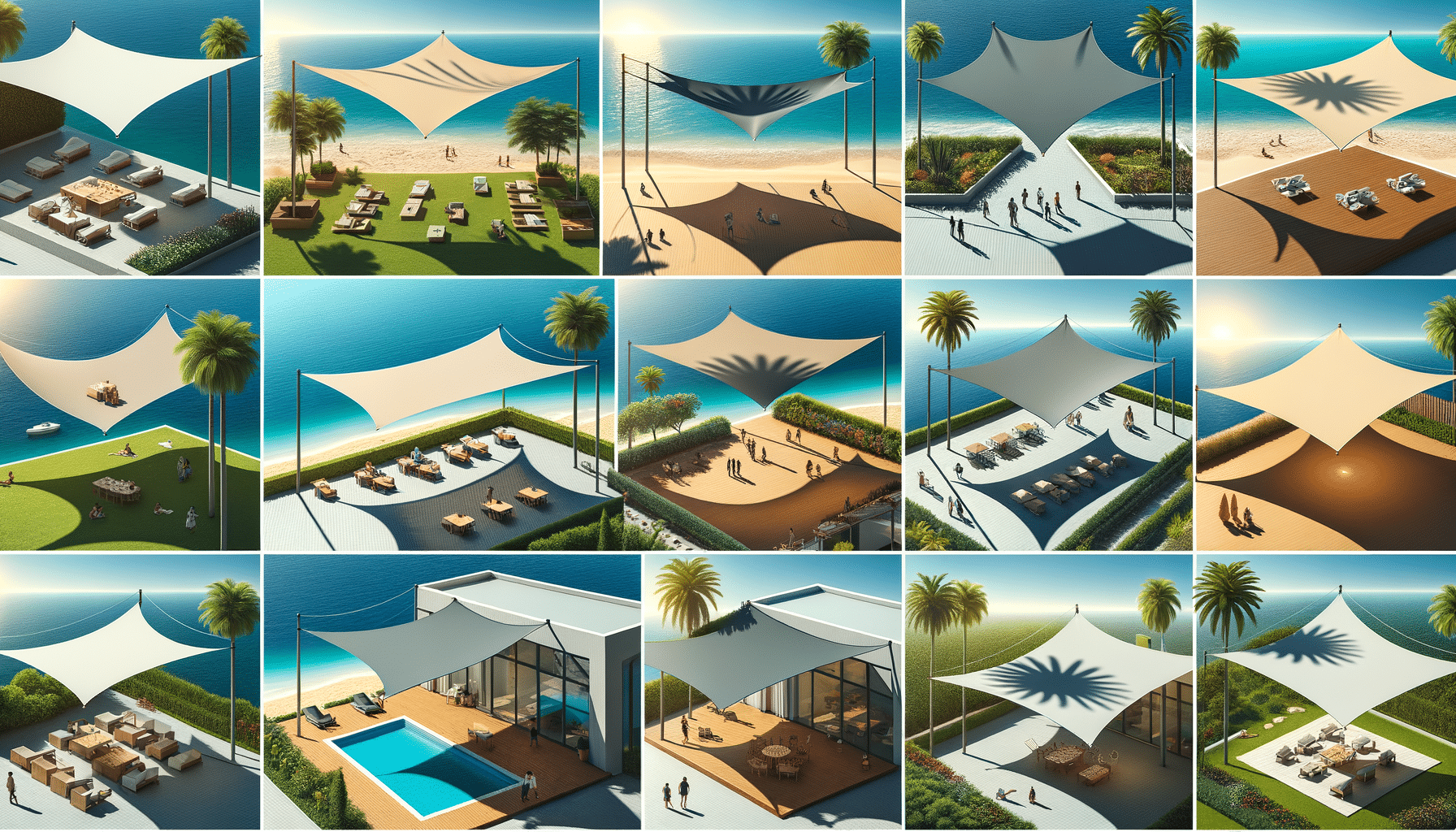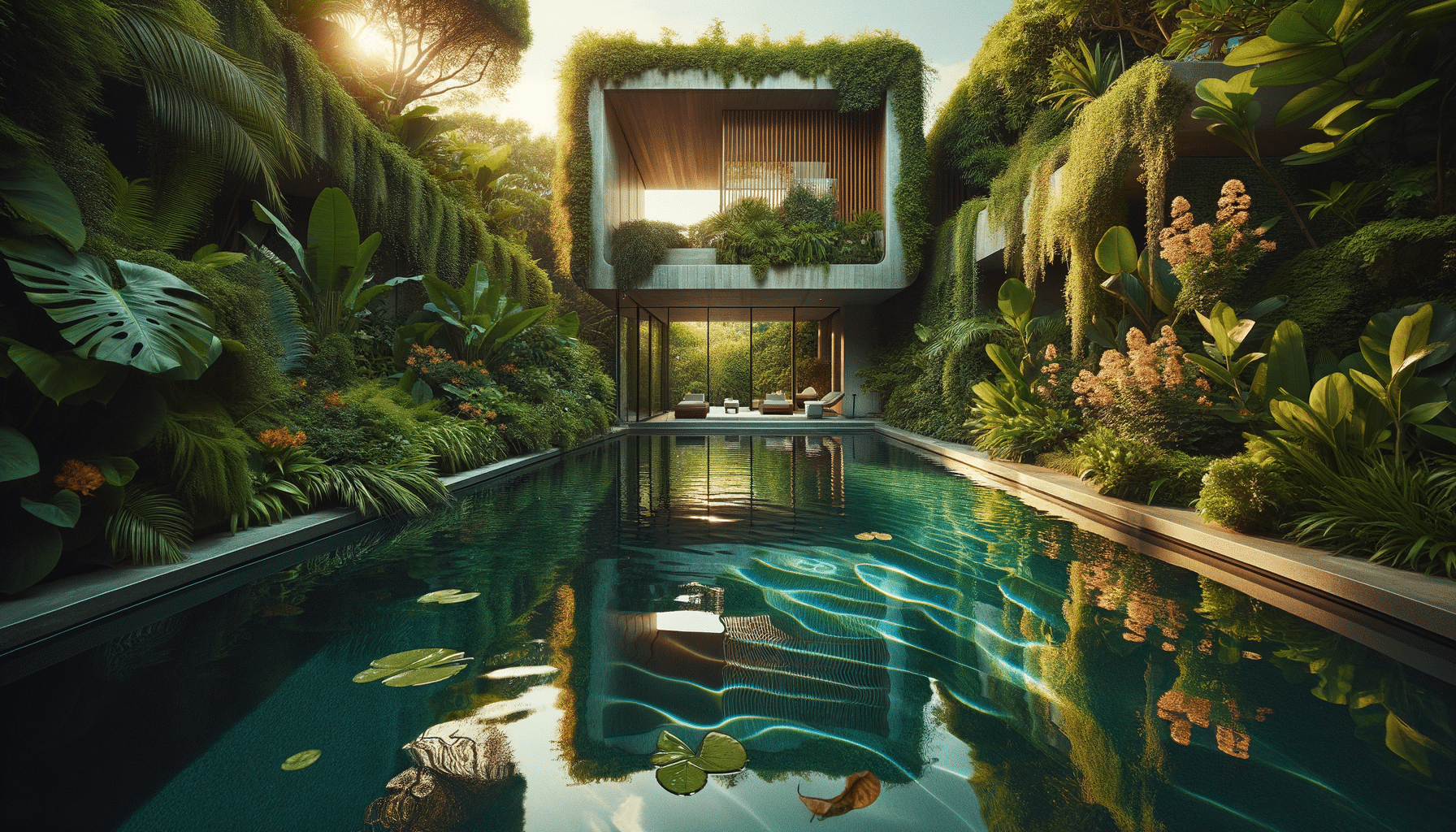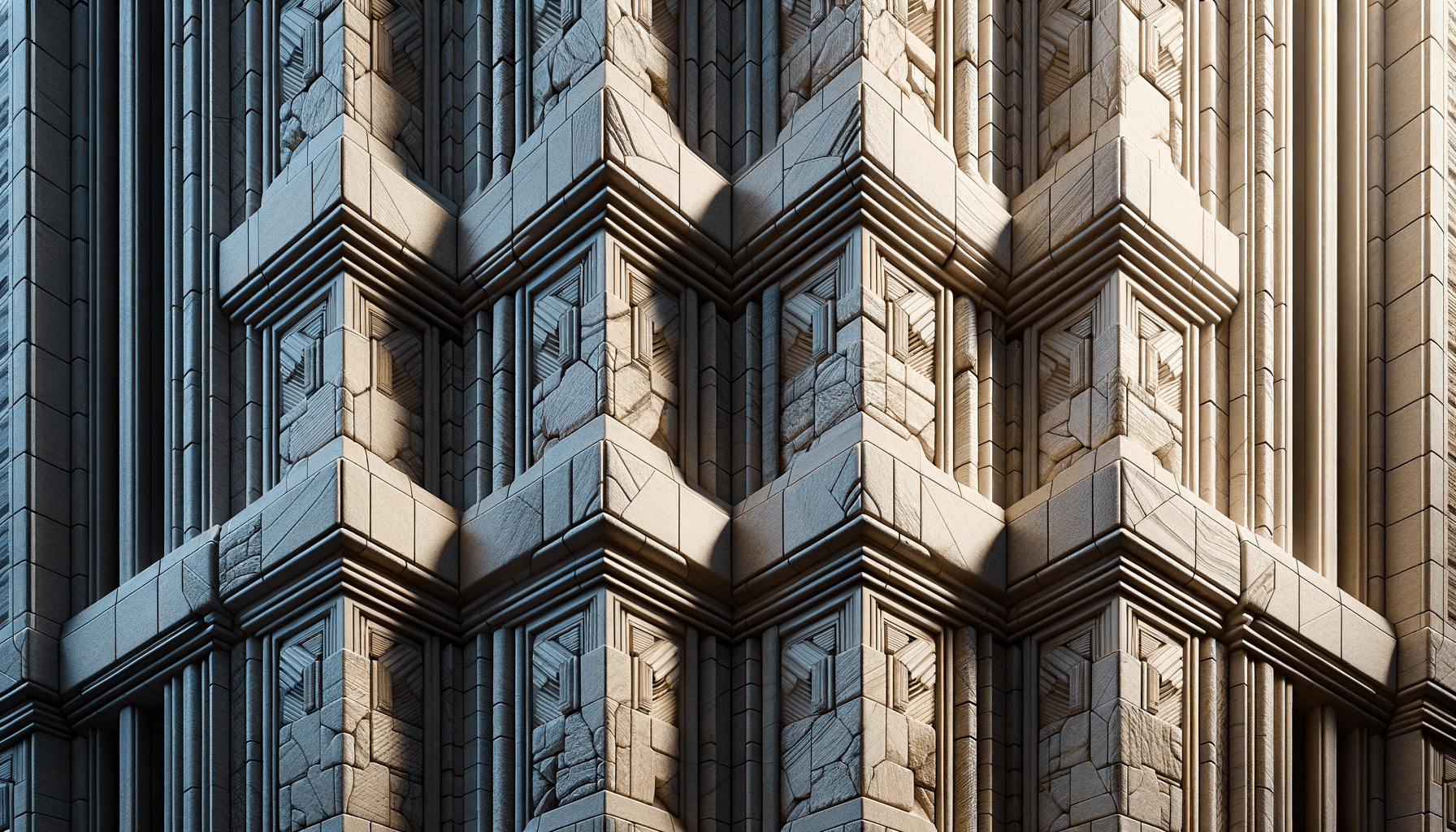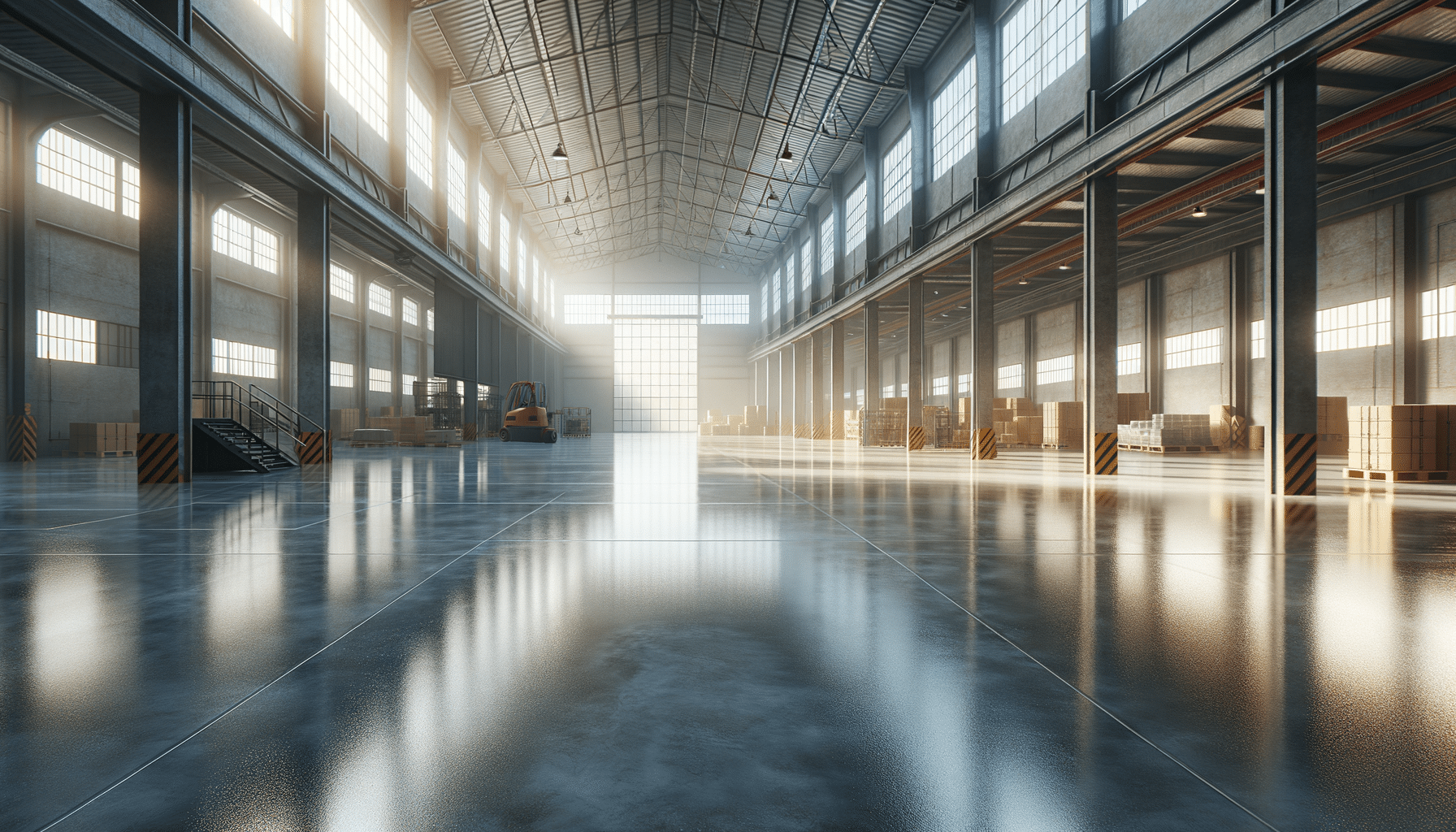
Exploring the Versatility and Benefits of Shade Sails
Introduction to Shade Sails
Shade sails are an increasingly popular choice for homeowners and businesses looking to enhance their outdoor spaces. These versatile structures offer not only a practical solution for sun protection but also add an aesthetic appeal to any area. Originating from the nautical world, shade sails are designed to mimic the sails of a ship, providing both beauty and functionality. With an array of materials, shapes, and sizes available, they can be tailored to fit various needs and preferences, making them a versatile addition to gardens, patios, playgrounds, and commercial spaces.
The importance of shade sails extends beyond their visual appeal. As concerns about UV exposure and climate change grow, the demand for effective and eco-friendly shading solutions is on the rise. Shade sails offer a sustainable way to reduce heat and UV exposure, thereby contributing to a healthier and more comfortable outdoor environment. In this article, we will delve deeper into the benefits, design considerations, installation process, and maintenance of shade sails.
Benefits of Using Shade Sails
Shade sails provide numerous advantages, making them a favored choice for outdoor shading. One of their primary benefits is UV protection. High-quality shade sails can block up to 98% of harmful UV rays, safeguarding skin health and reducing the risk of sun-related ailments. This protective feature is particularly valuable in areas with intense sunlight, where outdoor activities are a part of daily life.
Another significant advantage is their ability to reduce temperatures beneath the sail. By blocking direct sunlight, shade sails help maintain cooler temperatures in shaded areas, making outdoor spaces more comfortable during hot weather. This cooling effect can also contribute to energy savings by reducing the need for air conditioning in adjacent indoor spaces.
Shade sails are also known for their aesthetic versatility. Available in various colors and designs, they can complement any architectural style and enhance the visual appeal of outdoor settings. Additionally, their flexible design options allow for creative installations that can adapt to different spaces and needs.
Design and Material Considerations
When selecting shade sails, several design and material considerations must be taken into account to ensure optimal performance and longevity. The choice of material is crucial, as it affects the sail’s durability and UV protection capabilities. Common materials include high-density polyethylene (HDPE), which is known for its strength and UV resistance, and PVC-coated polyester, which offers waterproofing benefits.
In terms of design, the shape and size of the sail should align with the specific needs of the area to be shaded. Triangular, square, and rectangular shapes are popular, each offering different aesthetic and functional benefits. The size of the sail should be proportionate to the space, ensuring adequate coverage without overwhelming the area.
Color selection is another important aspect, as it influences both the visual impact and the heat absorption of the sail. Lighter colors reflect more sunlight and heat, while darker shades may absorb more heat but offer a more dramatic visual effect.
- Material choice: HDPE, PVC-coated polyester
- Shape options: Triangular, square, rectangular
- Color considerations: Light vs. dark shades
Installation Process
The installation of shade sails requires careful planning and execution to ensure stability and effectiveness. The first step involves identifying suitable anchor points, which can include existing structures like buildings or specially installed posts. These anchor points must be strong enough to withstand the tension of the sail and potential wind loads.
Once the anchor points are determined, the next step is to measure and mark the area where the sail will be installed. It’s essential to allow for some tensioning space to ensure the sail remains taut and does not sag. The sail is then attached to the anchor points using robust hardware such as turnbuckles and shackles, which allow for adjustments and tensioning.
Professional installation is recommended to ensure safety and optimal performance, especially for larger sails or complex installations. However, for smaller projects, DIY installation can be an option, provided that the proper tools and guidelines are followed.
- Identify strong anchor points
- Measure and mark installation area
- Use robust hardware for attachment
Maintenance and Care
Proper maintenance is essential to extend the life of shade sails and maintain their appearance and functionality. Regular cleaning is recommended to remove dirt, debris, and potential mold growth. Most shade sails can be cleaned with mild soap, water, and a soft brush, avoiding harsh chemicals that might damage the material.
Inspecting the sail and its attachments periodically is crucial to identify any signs of wear or damage. Check for fraying edges, loose threads, or rusted hardware, and make repairs or replacements as needed. During extreme weather conditions, such as storms or heavy snowfall, it may be advisable to temporarily remove the sail to prevent damage.
By following these maintenance tips, shade sails can continue to provide effective sun protection and enhance outdoor spaces for many years.
- Regular cleaning with mild soap and water
- Periodic inspection for wear and damage
- Temporary removal during extreme weather


